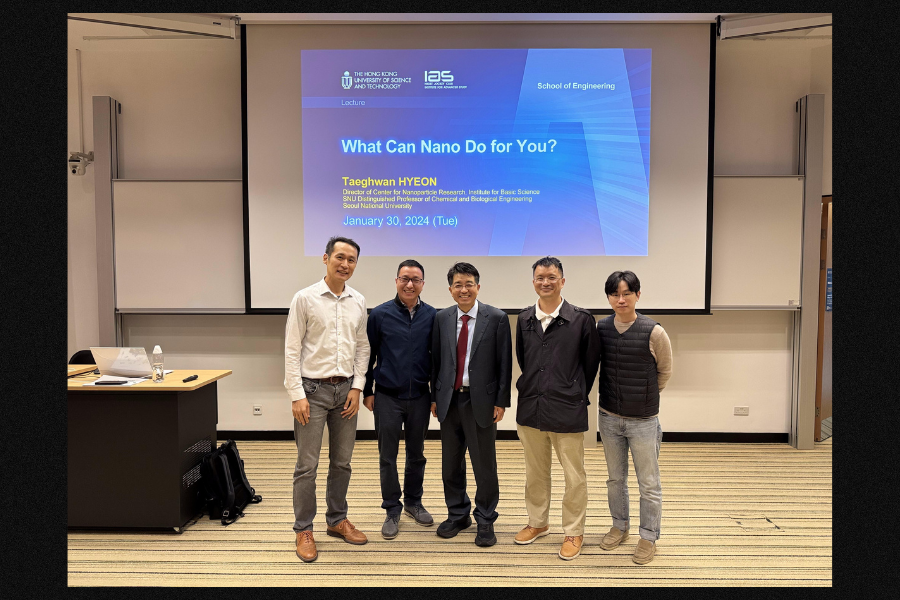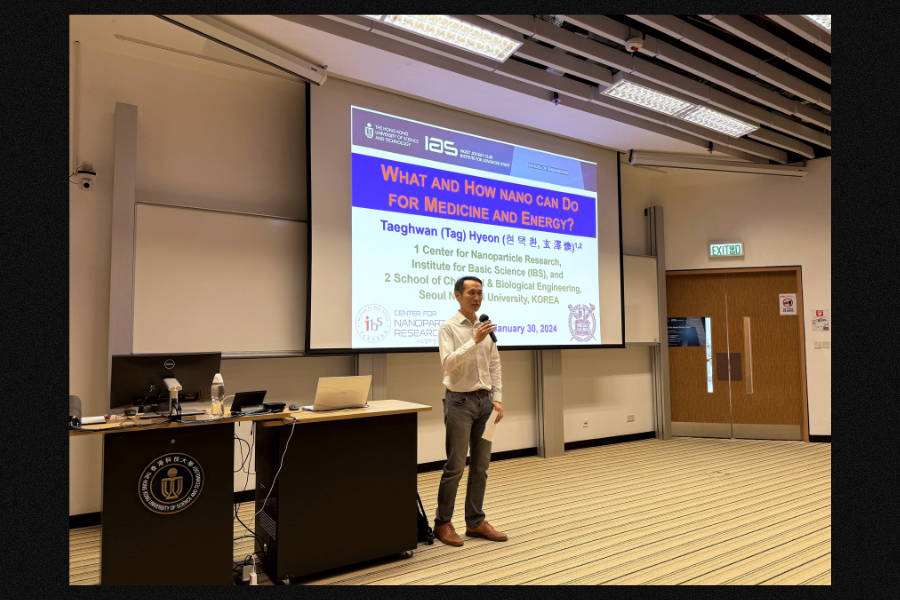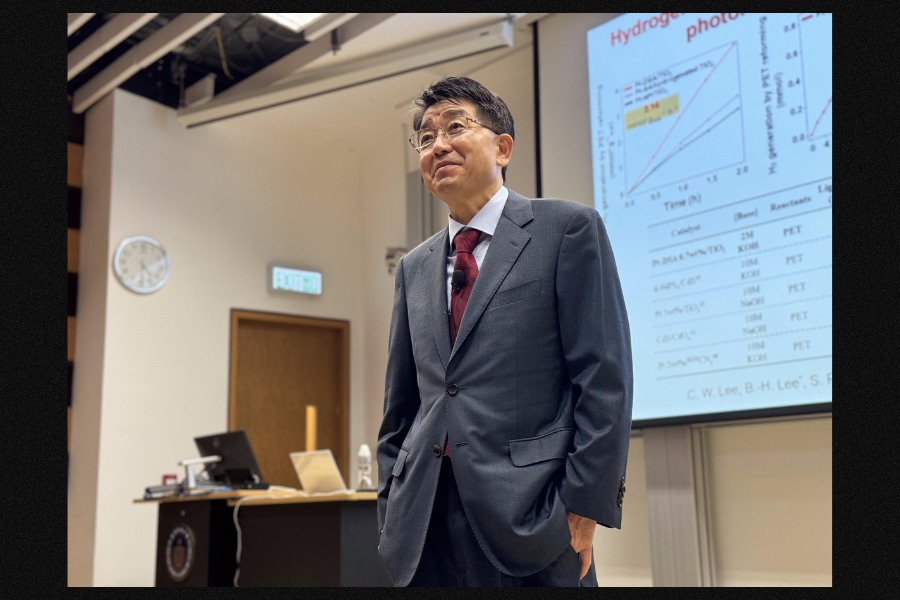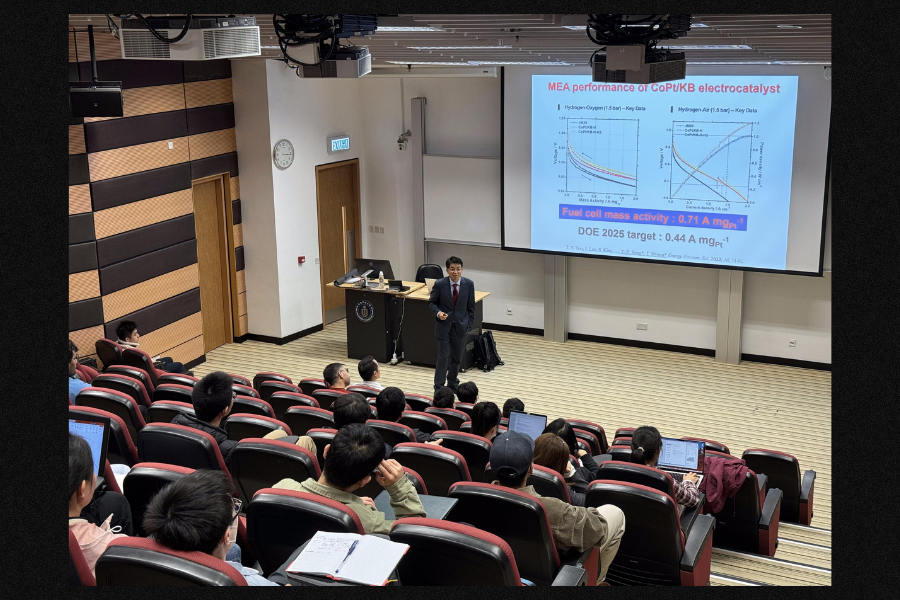What Can Nano Do for You?
Abstract
Recently, the speaker and his research team have focused on the architecture engineering of inorganic nanomaterials for their applications to electrocatalysis and photocatalysis. They presented a synthesis of highly durable and active fuel cell electrocatalysts based on ordered M-Pt alloy nanoparticles for oxygen reduction reaction in PEMFC (J. Am. Chem. Soc. 2015, 137, 15478 & 2020, 142, 14190; Energy Environ. Sci. 2023, 16, 1146). They reported highly active and stable Co-N4(O) moiety incorporated in nitrogen-doped graphene (Co1-NG(O)) for electrochemical H2O2 production (Nature Mater. 2020, 19, 436; Nature Catal. 2023, 6, 234). The speaker and his research team synthesized various multimetallic heterostructured oxide nanomaterials and investigated their structure-property relationship in energy devices and catalysis (Nature. 2020, 359, 577; Adv. Mater. 2022, 34, 2107868; Nano Lett. 2022, 22, 3636). They reported highly active single atom Cu/TiO2 photocatalysts for hydrogen generation and CO2 photoreduction (Nature Mater. 2019, 18, 620; Energy Environ. Sci. 2022, 15, 601). They presented a floatable photocatalytic platform constructed from elastomer-hydrogel nanocomposites, demonstrating its superiority over conventional systems in solar hydrogen production (Nature Nanotech. 2023, 18, 754). They demonstrated a general method for synthesizing atomically dispersed (photo)catalysts (ADCs) via photochemical defect tuning for controlling oxygen vacancy dynamics (Nature Mater. 2024).
The speaker and his research team fabricated epicardial mesh made of electrically conductive and elastic Ag/Au nanowire-rubber composite to treat heart failure (Science Transl. Med. 2016, 8, 344ra86; Nature Nanotech. 2018, 13, 1048; Science Adv. 2023). They fabricated highly conductive and elastic nanomembrane for skin electronics (Science. 2021, 373, 1022). They reported a novel device design and fabrication method using metal-based etch-stop layers and a laser-assisted patterning for 3D foldable quantum dot light-emitting diodes (QLEDs) (Nature Electronics. 2021, 4, 671).
About the Speaker
Prof. Taeghwan HYEON received his BS and MS degrees, in 1987 and 1989 respectively, from the Department of Chemistry at Seoul National University. He then obtained his PhD in Inorganic Chemistry from University of Illinois at Urbana-Champaign in 1996 under the supervision of Prof. Kenneth S. SUSLICK. At Illinois Prof. Hyeon studied sonochemical synthesis of nanostructured catalytic and magnetic materials. Since 1997, he has been working at Seoul National University, where he is currently a SNU Distinguished Professor in the Department of Chemical and Biological Engineering.
Prof. Hyeon and his research team mainly focus on synthesis, assembly, and biomedical applications of uniformly sized nanoparticles. Prof. Hyeon also served as an Associate Editor for Journal of the American Chemical Society from 2010 to 2020.
Prof. Hyeon is the recipient of 2012 Samsung Ho-Am Prize in Engineering. In 2016, he was honored with the IUVSTA Prize for Technology at the International Vacuum Congress. Additionally, he was bestowed with the Korea Best Scientist and Technologist Award by the Korean President in 2016.
For Attendees' Attention
Seating is on a first come, first served basis.






